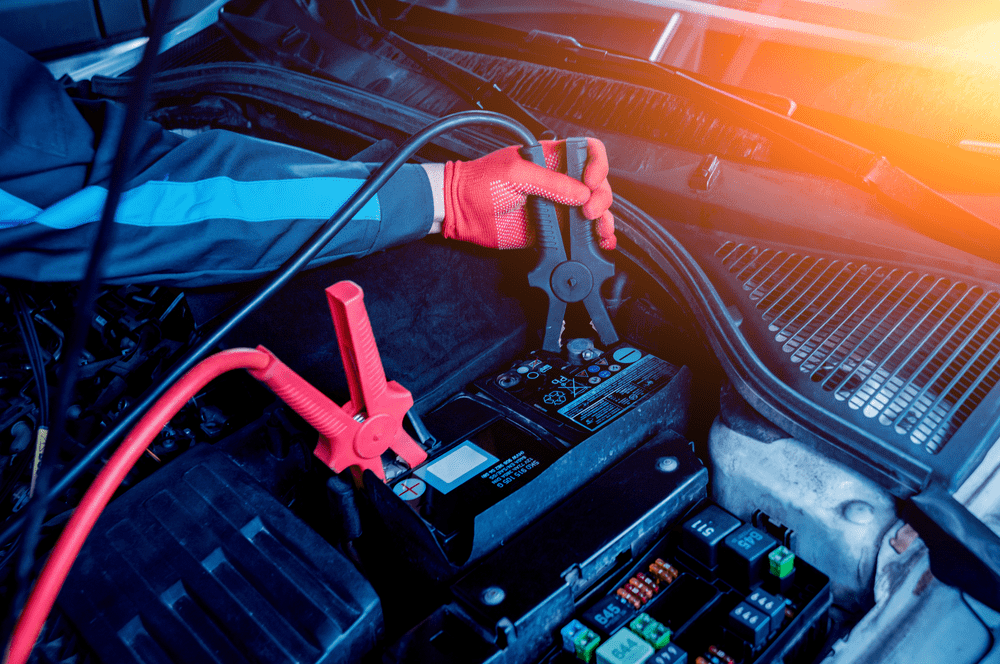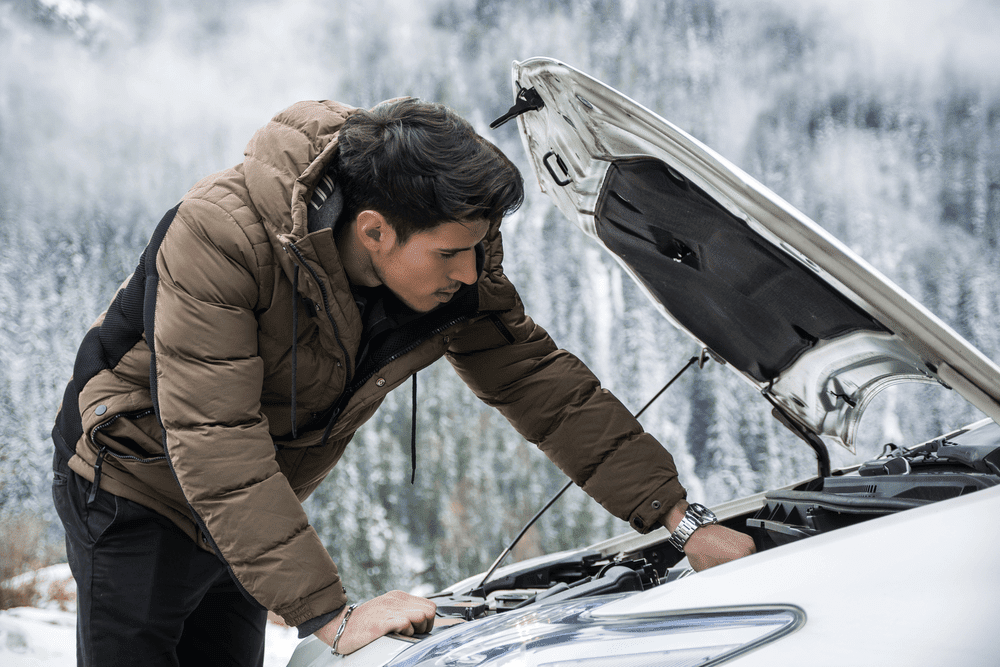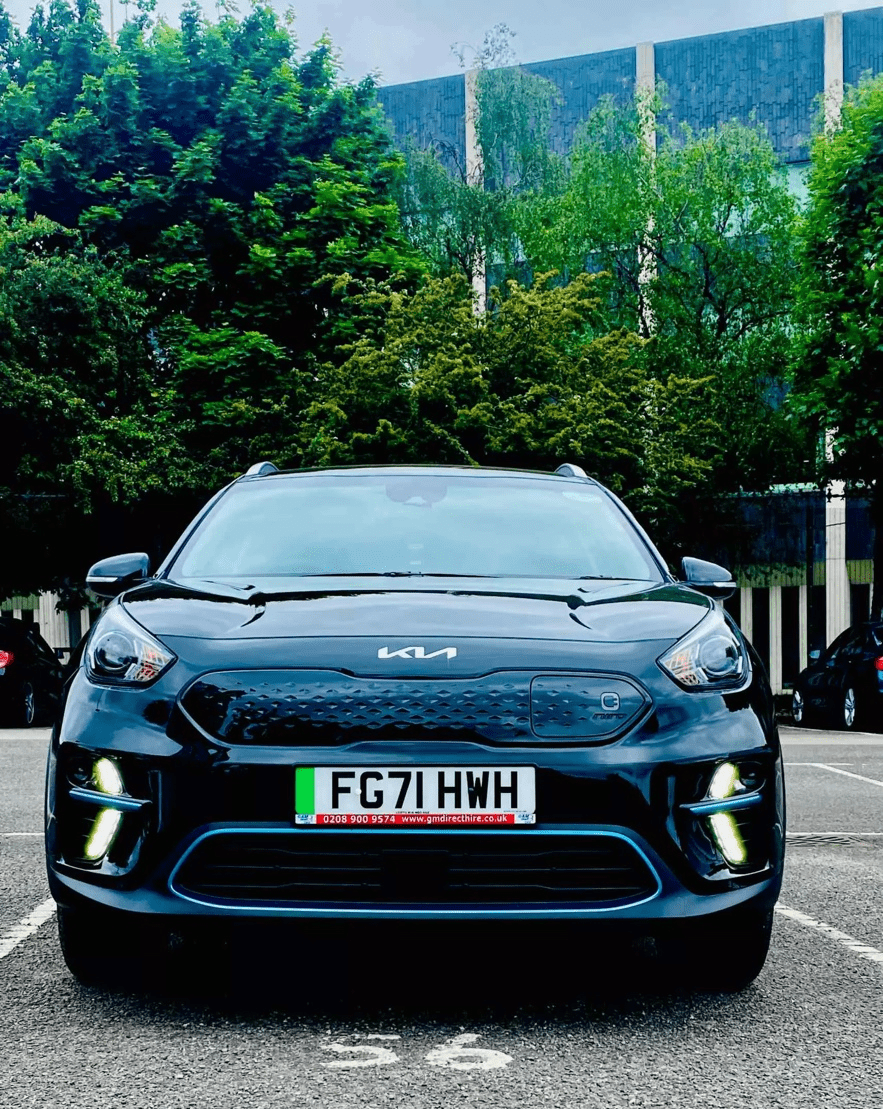When the temperature drops in London, vehicle failures increase tenfold. For most people, this might not be a big deal, but for PCO drivers, car breakdowns or their failure to start in the morning can affect their work and earnings. There are various reasons why a car won’t start in winter, and knowing them can help you find the right solution.
As a leading PCO car hire in London, we prepare helpful guides to assist our drivers in various situations. In this guide, we will discuss the common reasons why a vehicle fails to start in the colder months and how to prevent this. Keep reading.
How Cold Weather Affects Vehicles
A typical combustion-engine car utilises several fluids for optimal operation, including the car’s fuel, antifreeze, transmission fluid, etc. During cold weather, these fluids start to thicken and start affecting other parts as well, causing many problems. When these fluids are unable to flow freely through the engine, your car might experience issues while starting up. Moreover, if your brake or fuel lines are old, moisture can seep in, causing the fluids to freeze and create blockages.
Cold weather also increases electrical resistance, making it difficult for your car’s battery to do its job. It needs twice as much power as needed under normal weather conditions to start an engine.
Recommended Read: 6 Ways Drivers Can Keep Their Cars Safe in the Winter
Common Reasons Your Vehicle Won’t Start in Winter
Flat or Depleted Car Battery
If your car fails to start in winter, one of the most common reasons is a faulty battery. Most times, when you try to start a car, it gives a faint whining sound but fails to start due to a flat battery. If you don’t hear anything, it could be due to the total depletion of batteries or cable connection issues.
Some other signs of a flat battery include dashboard lights not turning on, or the car doesn’t respond to remote central locking. Research shows that at 0°C, a car’s battery loses 35 percent of its strength, even more at lower temperatures.
You can try jump-starting your car if this happens in the middle of a ride or when you’re in a hurry. For this, you’ll need the help of another vehicle and jump cables.
A Dated Alternator
Sometimes the battery itself isn’t the issue; it’s the alternator. This component charges the batteries in a vehicle, and when it’s worn or old, it can prevent your car’s battery from charging. If you have a new and efficient battery, but your car still doesn’t start, the problem is your old alternator.
The signs of alternator issues include:
- Flickering of dashboard lights and headlights
- Car’s gauges move in an unusual manner
- When you jump-start the vehicle, the engine dies immediately
- Burning smells in the cabin
To fix this issue, you’ll need to get your alternator replaced by a mechanic or get the existing one reconditioned. But we’d suggest you replace your alternator to prevent this issue from happening again.

A Corroded Battery
Another reason behind car failure is the corrosion of your battery. Although the battery itself could be fine, the corrosion prevents it from igniting the car.
If the battery acid’s chemical reaction touches the metallic battery terminals, it causes corrosion, obstructing the electrical flow. You can try to clean the rust with a wire brush and then use jumper cables to jump-start your vehicle to fix this issue.
Starter Motor Failure
After the car’s battery, the next component you need to start your vehicle is the starter motor. If your vehicle’s been sitting idle for some time, it can cause damage to your starter motor. However, this issue isn’t prevalent in modern vehicles because they have sturdier starter motors with efficient start-stop systems.
If your vehicle makes a clicking sound and the engine doesn’t turn over to start, it could be due to starter motor failure. Also, if all the in-car electrics and lights are working properly and the car isn’t starting, this is due to the starter motor and not the battery. When this happens, you have to replace the starter motor because even jump-starting the vehicle won’t help. Replacing a starter motor is a lengthy process so you may need to pause your rideshare services for a while.
Condensation in Fuel Lines
Due to excessive condensation in cold weather, the fuel lines in your cars can become blocked, preventing the fuel from reaching the engine. This happens when water or moisture enters the fuel system, and the cold weather freezes it. As a result, your car fails to start.
There are different parts inside the fuel system, including the fuel line, pump, injector, filter, and tank. If any of these parts are blocked by condensation, the car’s engine won’t receive the fuel to operate. Fuel lines are very narrow, and even the smallest ice particles can prevent fuel flow.
One of the common signs of fuel system condensation is a stuttering engine when you accelerate. The car might also experience sudden jerks.
To fix this issue, you need to thaw your fuel line by warming up your vehicle. Then you can take the car to a garage to have the fuel lines professionally flushed. Mechanics may also add certain additives, like alcohol, to reduce contamination and hold water in suspension. This helps discard moisture from the fuel system.
In addition, you can prevent this from happening by not letting your fuel tank get completely empty. The presence of fuel inside the tank reduces the possibility of condensation.
Inefficient Car Fluids
The efficiency of a car’s liquids decreases in cold weather. Depending on your vehicle type and model, these liquids can include, fuel, antifreeze, engine oil, transmission fluid, etc. Any of these fluids can encounter an issue, causing your vehicle to fail.
· Petrol
Petrol-driven cars experience the most fuel-related issues in winter. If your car uses diesel or petrol to run, you may find it difficult to start it in cold weather because the viscosity of the liquid increases, preventing it from reaching the engine. You can prevent this by adding a winter fuel additive that keeps the fluid running during cold water. You should also allow your vehicle to warm up before you start driving.

· Engine Oil
Engine oil can also cause issues and prevent your vehicle from starting. The cold weather not only makes engine oil thicker and less effective but also strains the engine block. If your vehicle has low oil levels, it can cause more difficulties for the oil to pass through.
You should check your vehicle’s manufacturer’s manual to see the right type of oil and oil levels. This can help you choose an oil with a thinner consistency, suitable for the colder weather. You can also switch to synthetic oil because it has the ability to withstand lower temperatures.
· Transmission Fluid
If the transmission fluid becomes thicker in winter, it can cause issues for the moving parts inside the car’s system. Due to this, you may experience problems while shifting gears or the car won’t start altogether.
If this happens, you should try adding more transmission fluid to your car. Otherwise, you’ll need to thaw the liquid if it’s completely frozen.
· Antifreeze Liquid
Antifreeze is added to the radiator’s coolant to prevent it from freezing in winter. Although antifreeze liquid helps coolant move freely, this liquid itself can freeze during severe weather conditions. To prevent this, you should use an antifreeze specifically designed for the harsh climate of London.
Faulty Spark Plugs
When a vehicle isn’t used for some time, the spark plugs become faulty. This can prevent them from igniting the engine and starting the car. Cleaning or replacing the spark plugs will resolve these issues.
Recommended Read: Tricks of the Trade – All About PCO Driving
How to Keep Your Car Running During Cold Weather
If you want to keep your car running during cold weather, you need to ensure its proper care and maintenance. Here are some steps to identify and prevent issues.
Ensure Good Condition of the Battery
As mentioned earlier, a car’s battery is most vulnerable during cold weather, and you must ensure its optimal condition. It’s possible that your vehicle’s battery becomes weaker and eventually prevents it from starting in the cold weather.
Check the battery every now and then, clean its terminals, and make sure there’s no corrosion on the metal.

Replace your Windshield Wipers
London experiences significant rain during these months, straining your windshield wipers. It’s best to replace your old windshield wipers to prevent any issues in the middle of your ride. Cold weather can also damage the rubber on the wipers and they eventually become brittle and break. Installing newer and more efficient wipers will help you sweep snow and water off your windshield.
Ensure Adequate Fluid Levels
The worst thing you can do to your car during the cold weather is to leave its fluid tanks empty. Empty tanks allow moisture to freeze in winter, preventing your car from starting or damaging other moving parts. You should check fluid levels at the end of your shift time every day, including antifreeze, engine oil, windshield washer, transmission fluid, etc. If any of these fluids are low, add more to prevent condensation in the morning.
Replace Your Tyres
Most drivers fail to realise the importance of winter tyres, especially in a city like London. The stopping distances during colder months are ten times more than usual, and not having a good grip on your car can cause it to slip and bump into other motorists. Replacing your current tyres with winter tyres will prevent incidents and offer seamless rides. These tyres have deeper treads, offering excellent grip on cold, icy, and wet roads. Due to their optimal traction and grip, they also prevent skidding.
In addition, you should check your tyres every morning before starting your PCO journey to ensure they are inflated. This can also help you avoid getting a flat tire in the middle of your ride.

Add Additional Gadgets and Accessories
Consider adding other accessories and gadgets to your car to make your rides safe and comfortable. For example, add a trickle charger for the battery, a block heater, or a battery blanket. This will prevent the batteries from freezing, allowing the car to run seamlessly.
Prepare an Emergency Kit
Even if you’re ensuring optimal upkeep of your car, incidents are inevitable and you should always go prepared. A winter emergency kit will help you troubleshoot car issues while staying warm and safe. This kit should include jumper cables, a flashlight, windshield washer fluid, a first aid kit, ice scrapers, reflective triangles, etc.
Switch to an Efficient Car
Petrol-driven, old, or inefficient cars are more likely to break down during colder months than modern efficient vehicles. As a PCO driver, it’s crucial for you to drive a vehicle that keeps you and your passengers safe and comfortable. You don’t want your car to not start right when you’re picking up a customer or in the middle of the ride.

Switching to a modern car that can withstand both cold and warm temperatures will keep you sorted all year long without the hassles of frequent repairs. If you don’t have the capital to buy a new car, you can rent one at G&M Direct Hire.
We are a leading PCO car rental in London, offering state-of-the-art hybrid and electric cars for rent. Whether you need a cost-effective, spacious car like the Toyota Prius Plus or a modern EV like the Kia e-Niro, you can count on us. We also offer free servicing, maintenance, and tyre changes so you don’t have any issues during your rides. This can help you grow and succeed in this career. Explore our fleet here or contact us to get started.